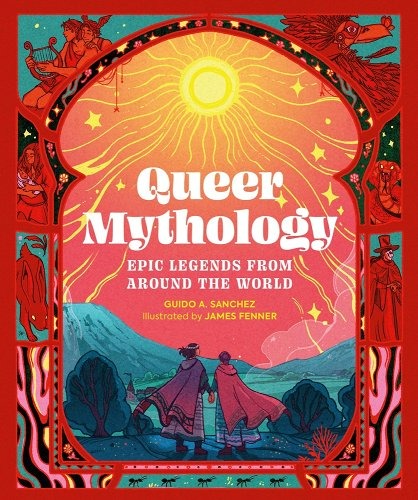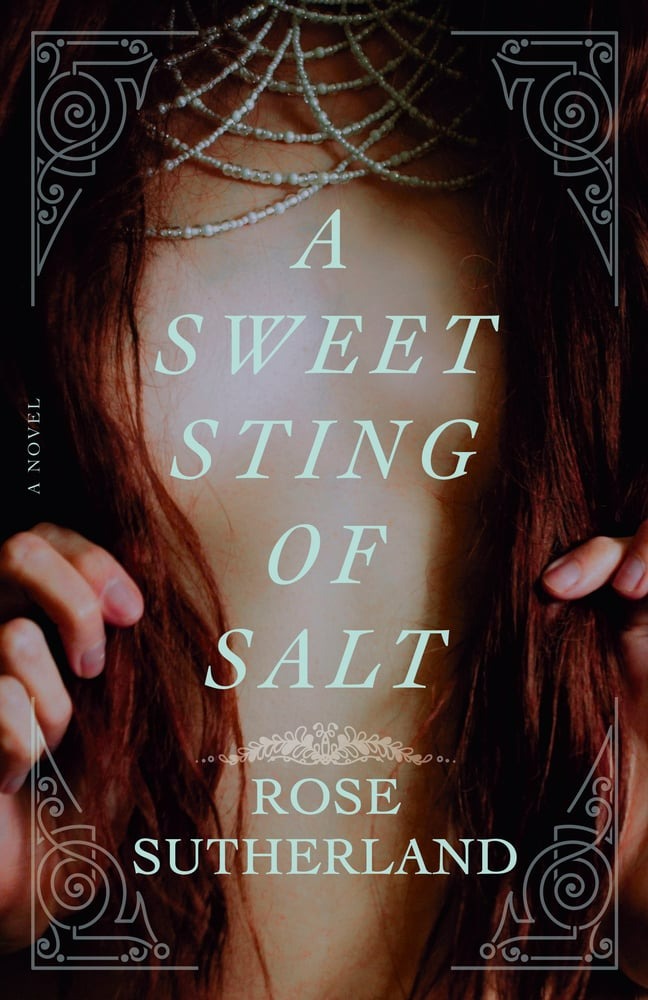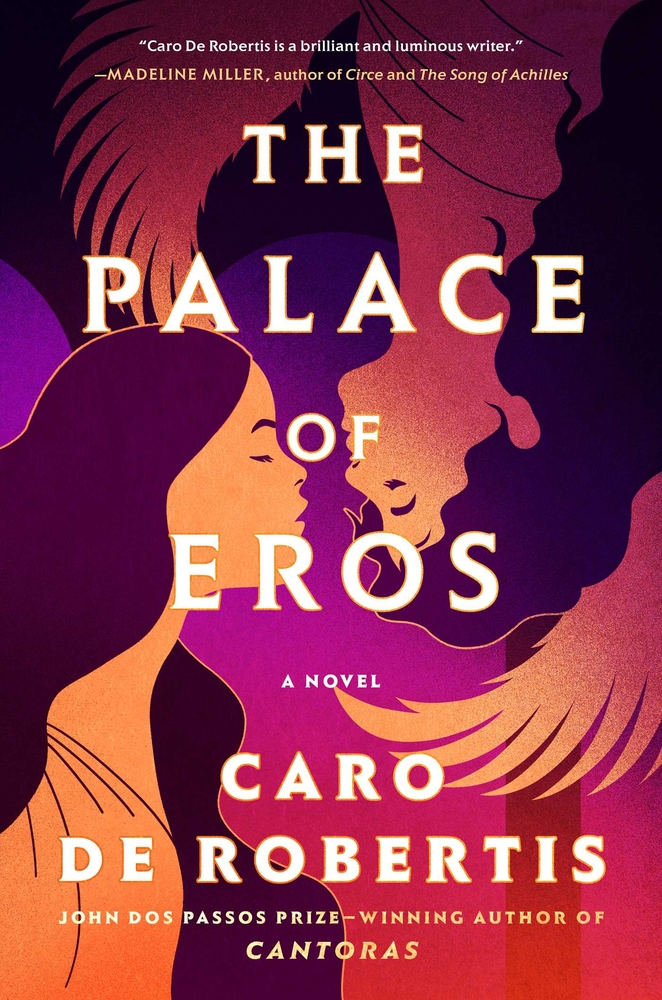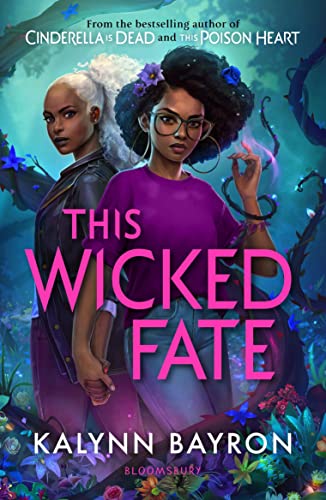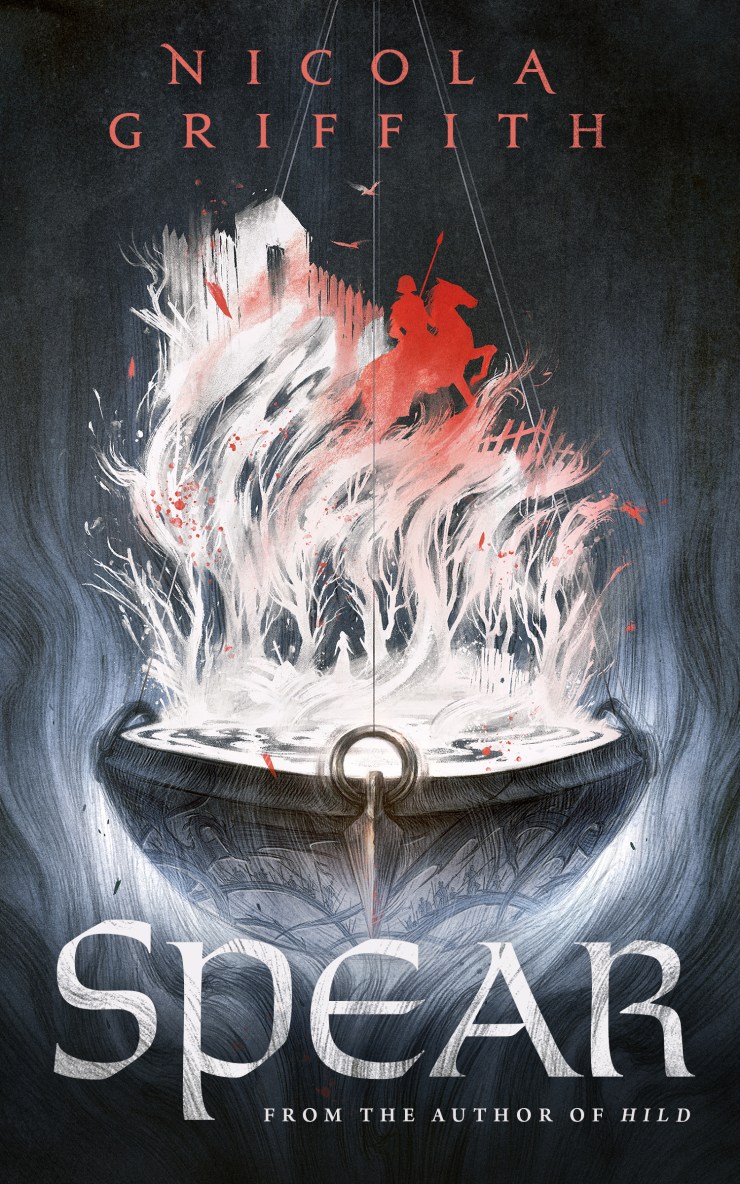These four books are listed in order of suitability for middle-to-high schoolers and deal with the timeless experiences of feeling like an outsider, finding the fortitude to be yourself, and the need for proper communication with partners. They’re great books to start conversations about these things, and have lovely art that are sure to make themRead More
Lush, Atmospheric Queer Historical Fiction: A Sweet Sting of Salt by Rose Sutherland
A lush, atmospheric queer historical fiction for fans of Portrait of a Lady on Fire and The Birth House, Rose Sutherland’s A Sweet Sting of Salt (Dell 2024) is the perfect read to cozy up with this fall. Sutherland’s queer retelling of the folktale The Selkie Wife follows Jean, a midwife in a Nova Scotia village who is as renowned for herRead More
A Lush and Sensual Greek Myth Retelling: The Palace of Eros by Caro de Robertis
Buy this from Bookshop.org to support local bookstores and the Lesbrary! It’s no secret that Anne Carson has inspired many a sapphic love affair with ancient Greek myths, or that stories like Malinda Lo’s Ash, Sarah Diemer’s The Dark Wife, and a vast world of AU fanfiction showed that the threads from which most modern myths areRead More
A Land of Gods, Monsters, and Talking Cats: Monstress Vol. 1 by Marjorie Liu and Sana Takeda
Buy this from Bookshop.org to support local bookstores and the Lesbrary! Oftentimes bleak but consistently awe-inspiring, Liu’s world of steampunk, art deco fantasy is a marvel to behold. This is definitely one to check the trigger warnings for. Set in a world where humans and Arcanics (a cross between humans and a mystical race calledRead More
Stories About Brave Women Who Don’t Take Shit from Anyone: The One Hundred Nights of Hero by Isabel Greenberg
Amazon Affiliate Link We all have our preferred coping methods. Mine is returning to comforting favorites: books that changed me, those old familiar stories that still move me, no matter the intervening years. These last seven years, Isabel Greenberg’s graphic novel The One Hundred Nights of Hero has been waiting quietly for me to pick it upRead More
Sapphic Novellas To Read In November (Or Any Time!)
You won’t catch me trying to write any novellas this November (respect for anyone who tries to write 50,000 words in a month, it’s just not in my plans any time soon), but I did read a few! To my mind, novellas occupy a challenging space when it comes to fiction. They need to beRead More
Maggie reviews This Wicked Fate by Kalynn Bayron
Amazon Affiliate Link | Bookshop.org Affiliate Link This Wicked Fate by Kalynn Bayron is the sequel to This Poison Heart, her gothic YA fantasy filled with Black girl magic, Greek mythology, and impressive action. This book picks up directly after This Poison Heart and deals with Briseis trying to grapple with the events and betrayals of the last book. Faced withRead More
Danika reviews Spear by Nicola Griffith
Amazon Affiliate Link | Bookshop.org Affiliate Link The first book I read by Nicola Griffith was Hild, a 560 page (for the first book in the trilogy) meticulously-researched historical fiction title that left me feeling like I was wandering through a dense fog of unfamiliar names and terms–and yet, it was so engaging that IRead More
Maggie reviews This Poison Heart by Kalynn Bayron
Amazon Affiliate Link | Bookshop.org Affiliate Link This Poison Heart by Kalynn Bayron follows Briseis, a Black teenager who lives with her two moms in Brooklyn, helping them run their flower shop. Briseis has plant magic and can grow plants from a touch, but she doesn’t know the limits of her powers or how to controlRead More
Anna N. reviews Heathen by Natasha Alterici
Amazon Affiliate Link | Bookshop.org Affiliate Link Aydis is a Viking and warrior, raised on stories of wartime valor and battlefield sacrifice by a father who taught her things “unbecoming” of a woman. But she is also sincerely kind, more likely to reach out a hand than draw her sword against a stranger. She isRead More
